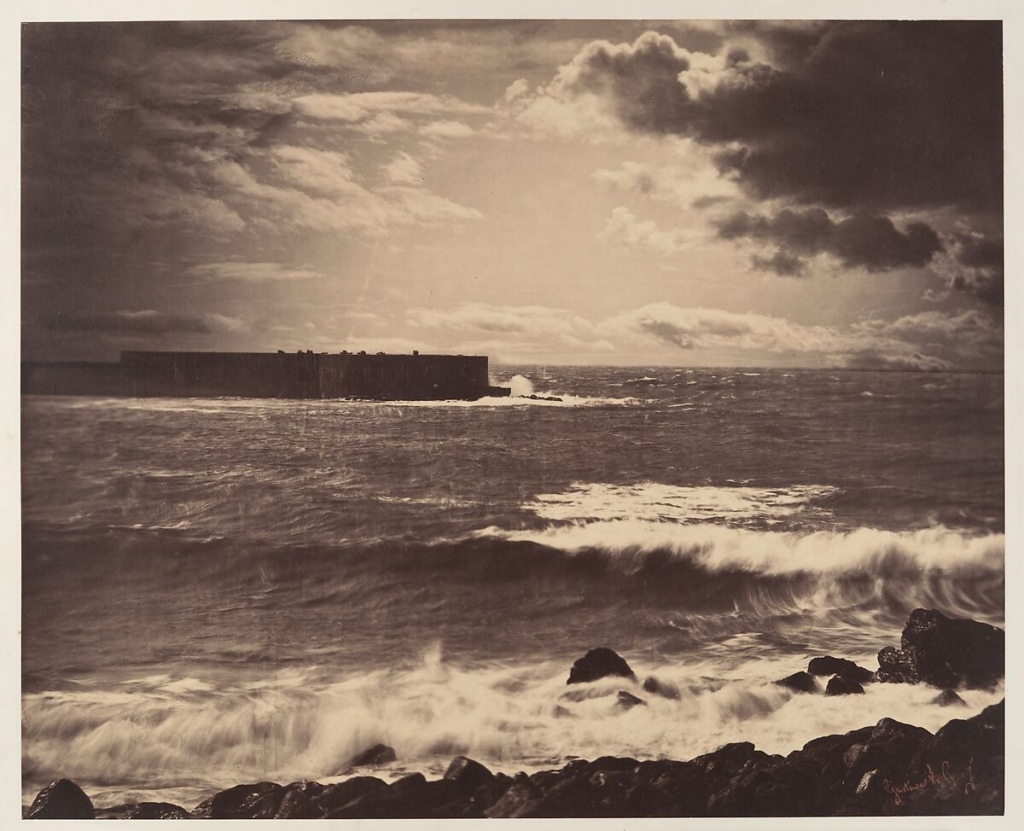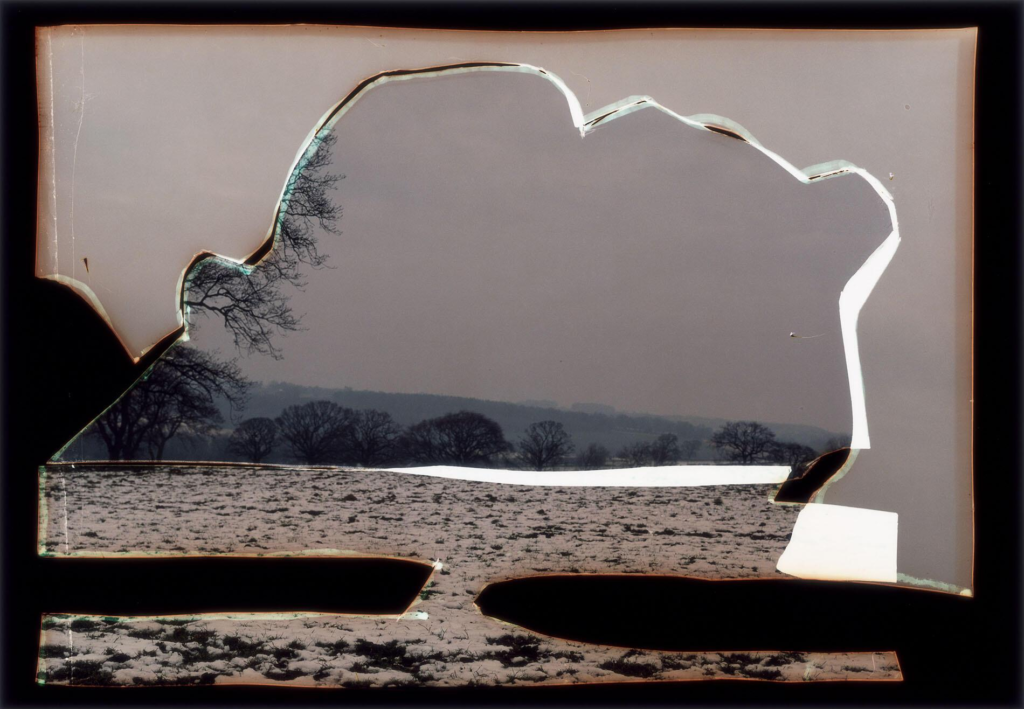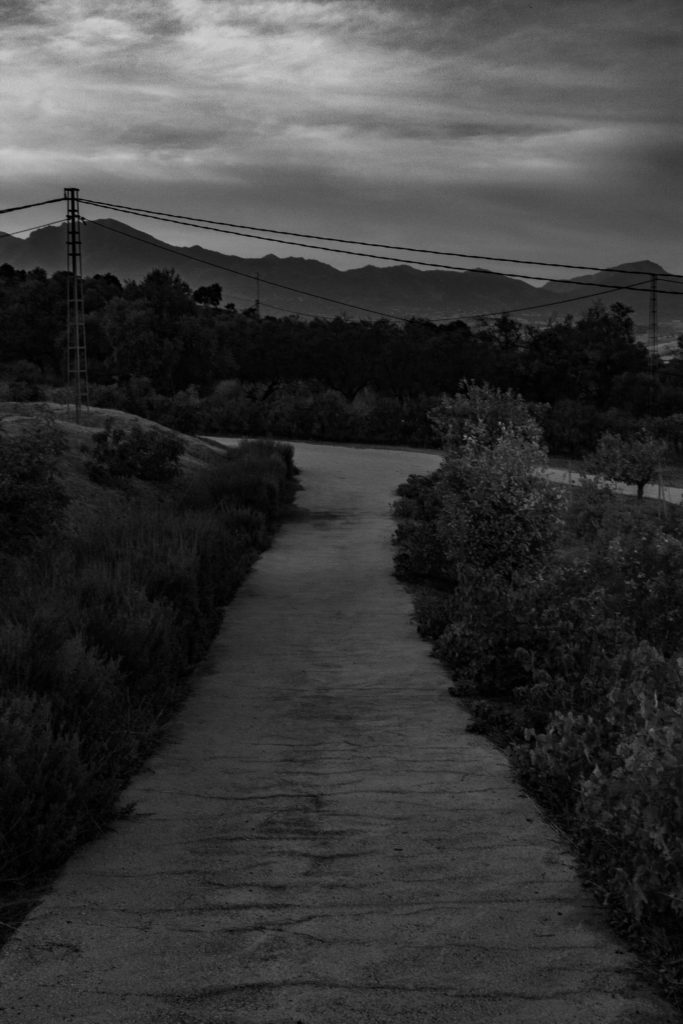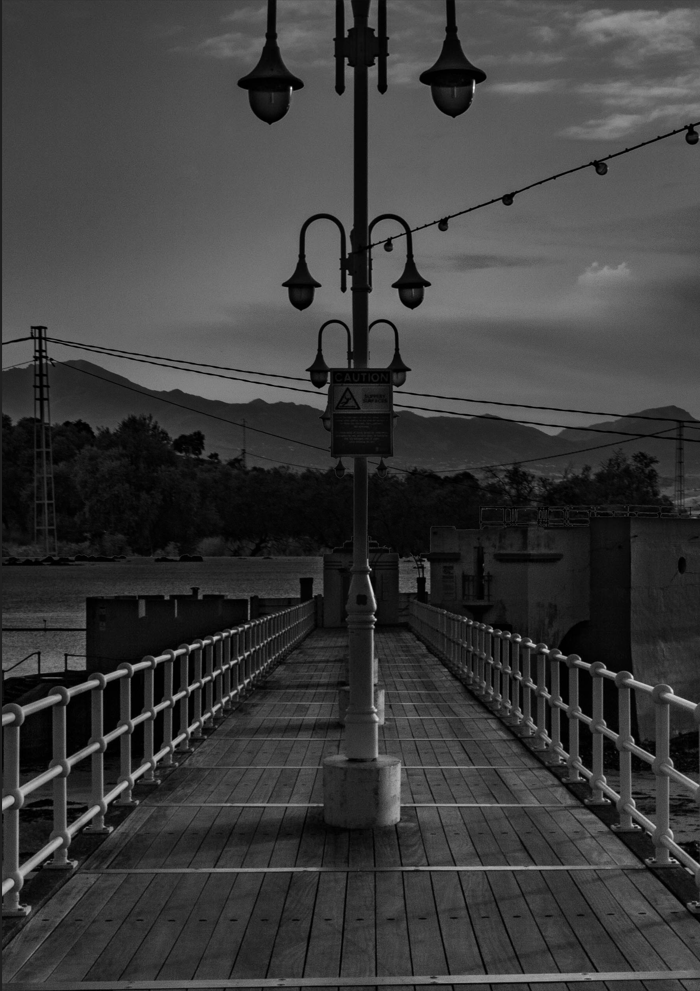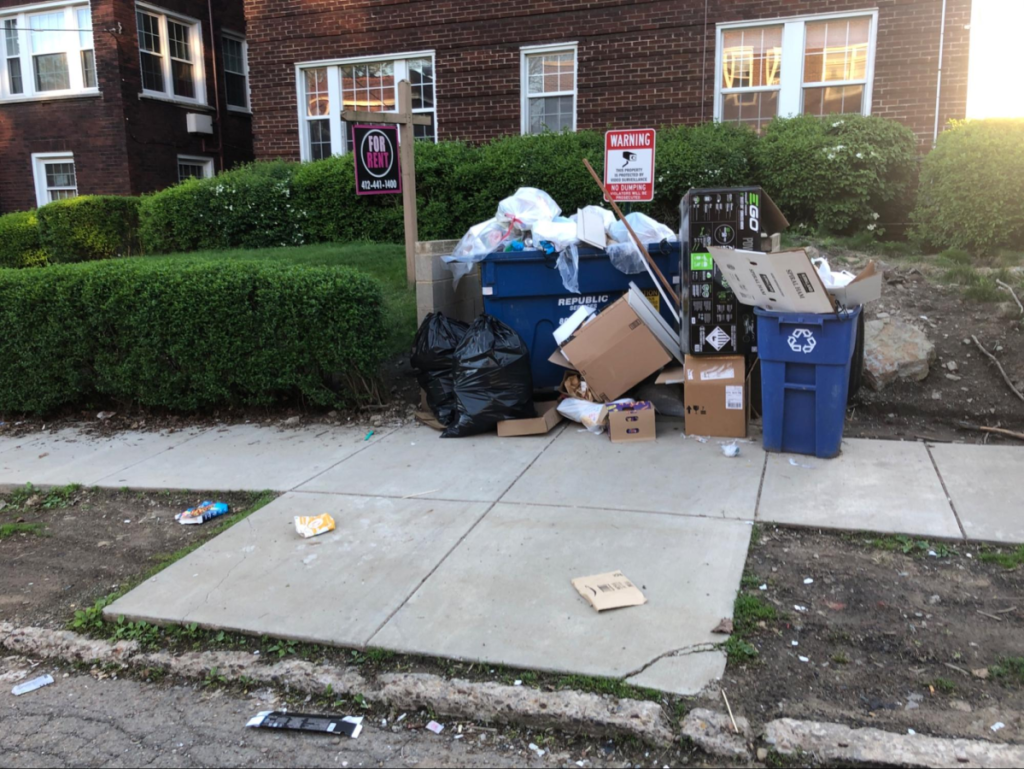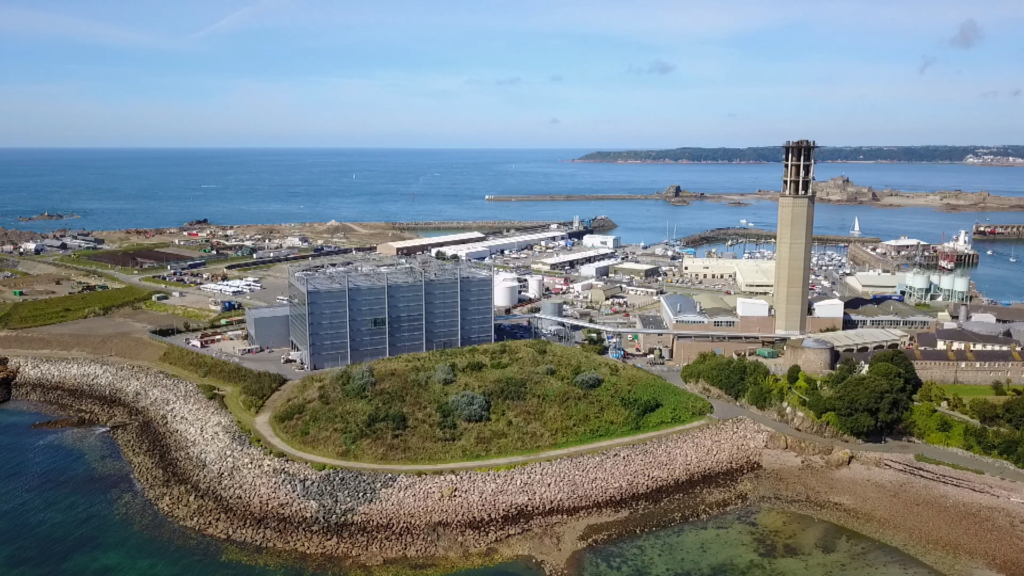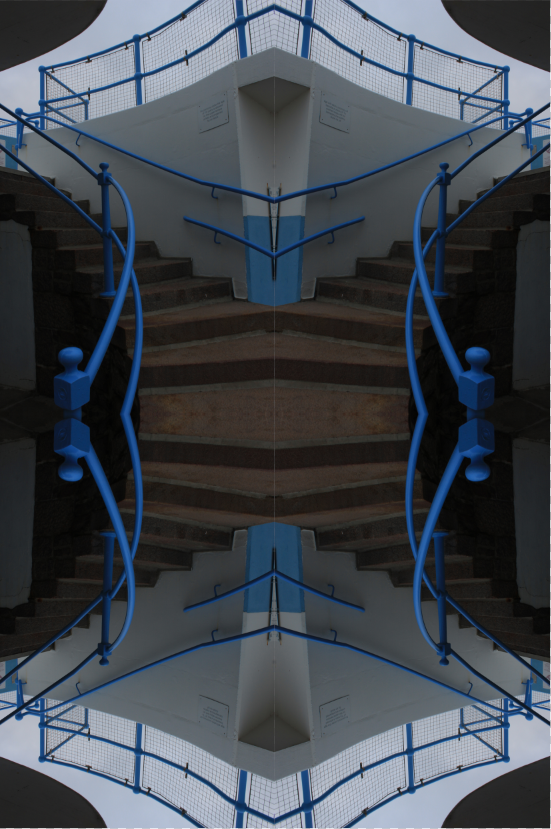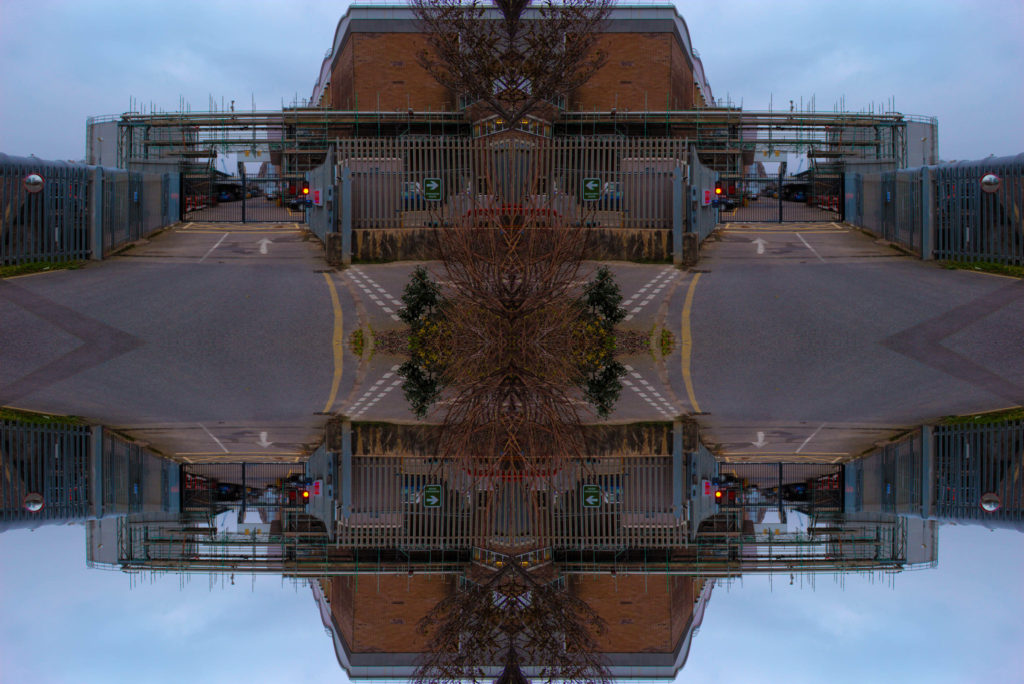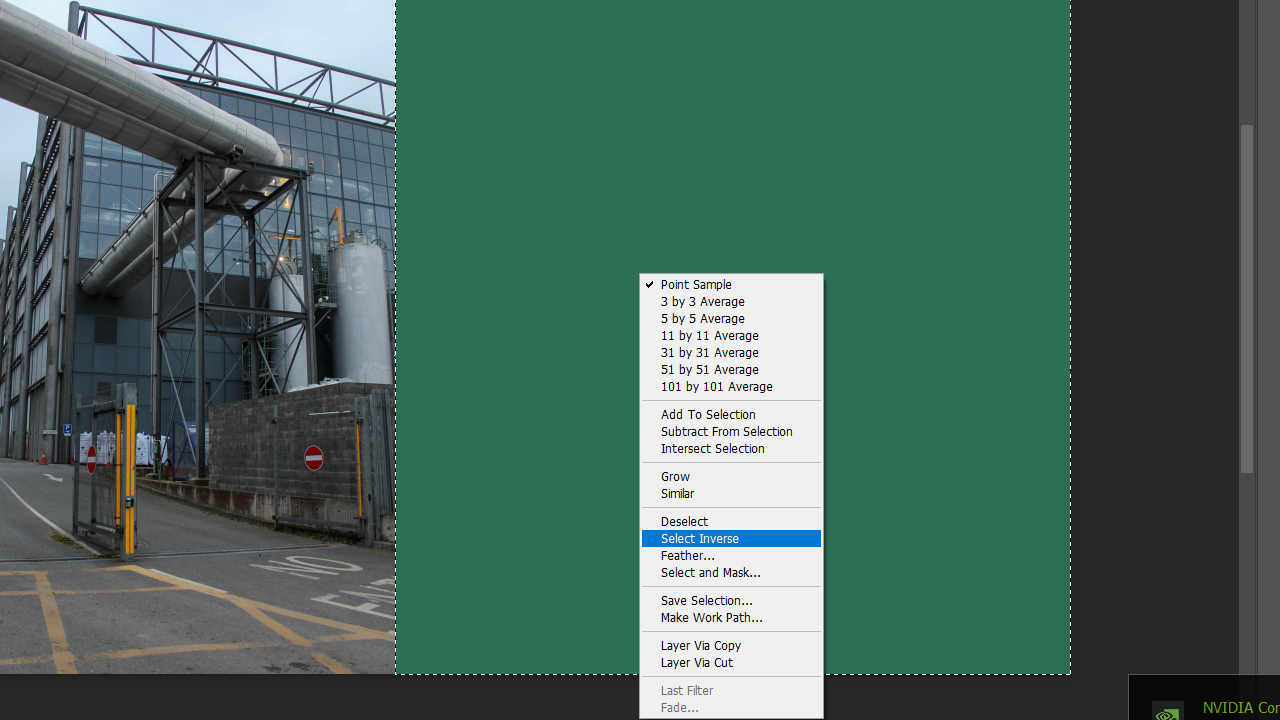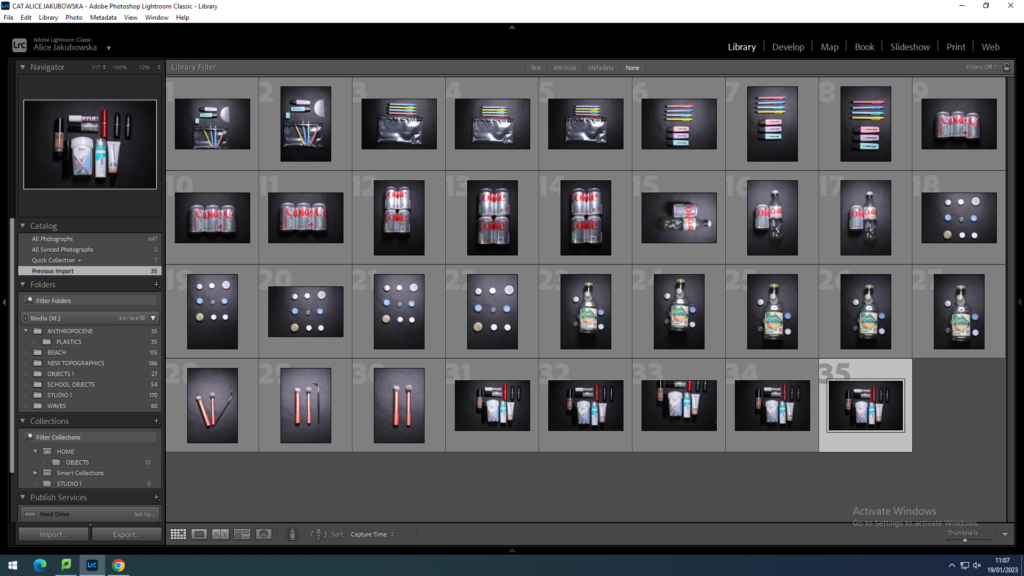
In this photoshoot I took pictures in the style of Rosenthal. I used the black cardboard to place my objects on, this was to illuminate the colours of the plastics. I took pictures of empty plastics around my house, but also plastics that I personally use of a daily basis.
In this photoshoot I took images of plastics I collected over the weekend. In addition I toom images of plastic objects I use on a daily basis to show how much we rely on plastics.
I will also take another photoshoot to show more plastic objects so I can have more of a variety of images. I will pick out some plastic objects around my house.
FLAGGING MY IMAGES:
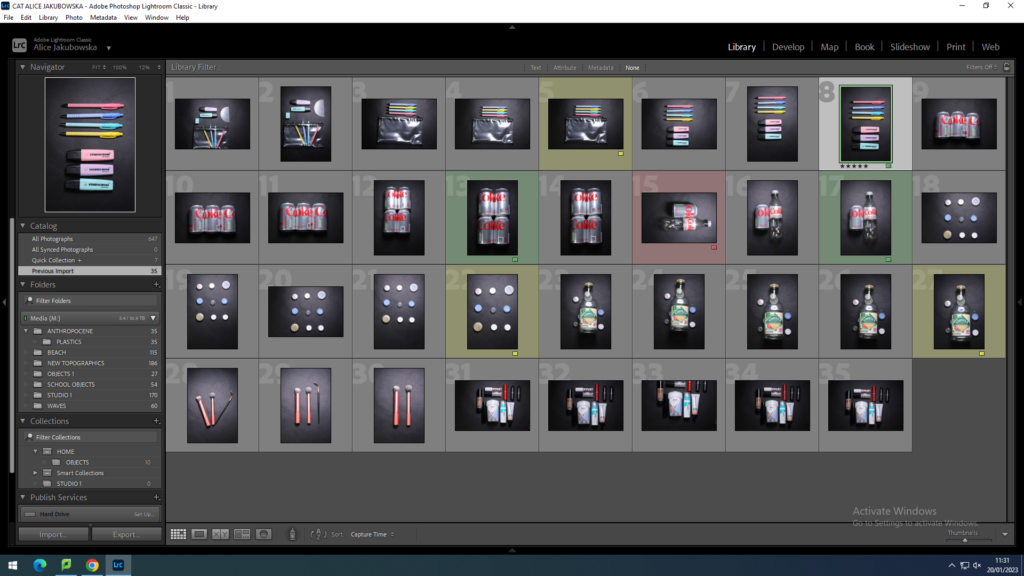
The images colour-coded in green I believe are my strongest images in my photoshoot. I think these will be the ones I use for my final outcome. This is because they are focused and have a high resolution. The image colour-coded in red I will not be using as it isn’t focused and it not the best it could be.

